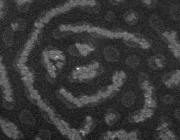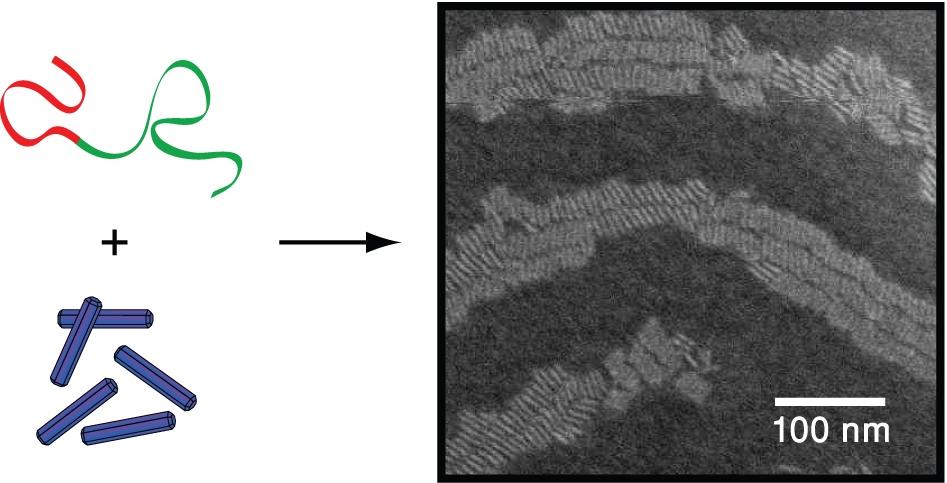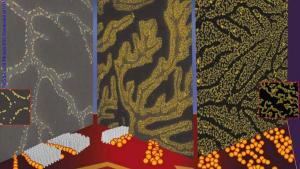Citation:
Abstract:
Two-dimensional, hierarchical assemblies of nanorods were obtained by exploiting the structures afforded by block copolymers in ultrathin films. Under the appropriate conditions, the nanorods segregate to the film surface already upon casting the composite film, and organize with the block copolymer through phase separation. In this paper we compare the structures formed by CdSe nanorods of three different lengths and two polystyrene-block-poly(methyl methacrylate) copolymers with different nanorods/copolymer ratios, and study the temporal evolution of the structure in each case. It is found that the initial morphology of the film largely dictates the resulting structure. The combination of short nanorods and/or short copolymers is shown to be more prone to morphological defects, while assembling long nanorods with long copolymers leads to highly organized nanorod morphologies. These phenomena are explained by a combination of kinetic and thermodynamic factors.





